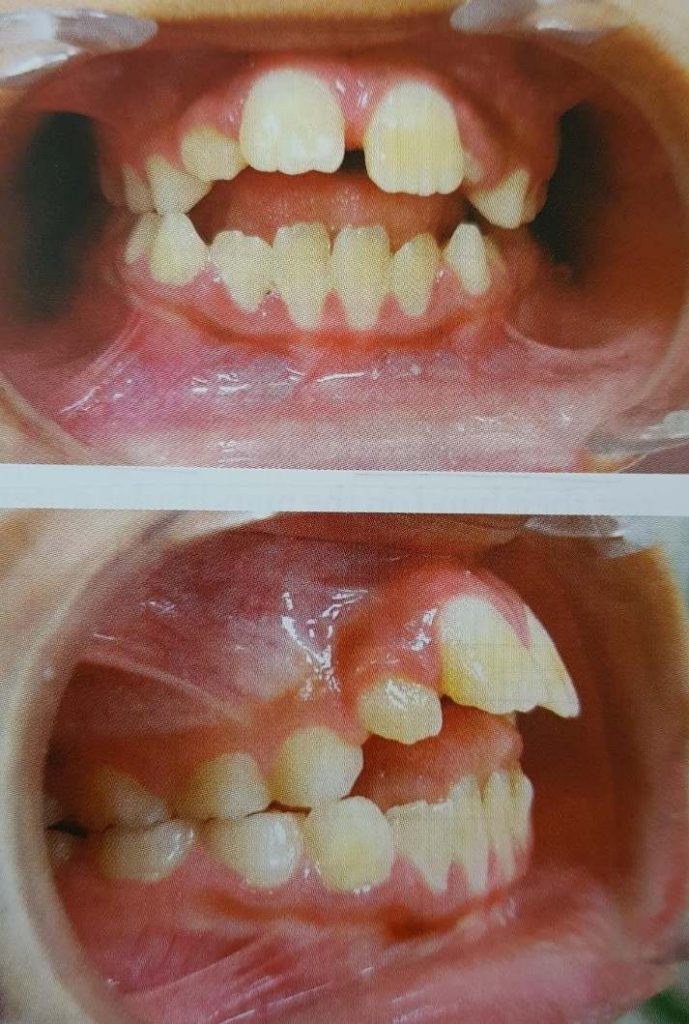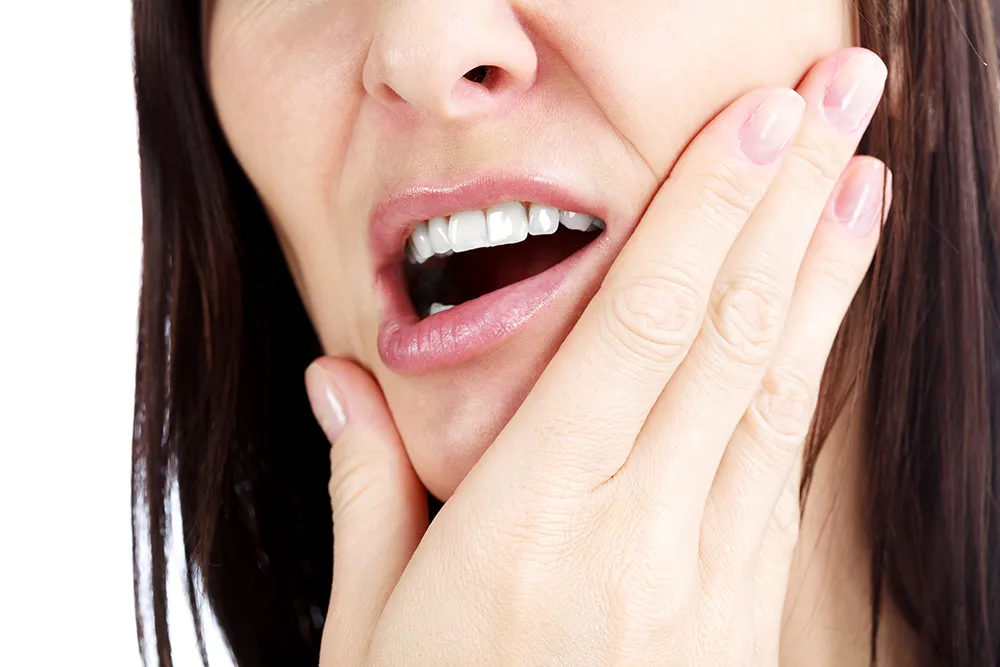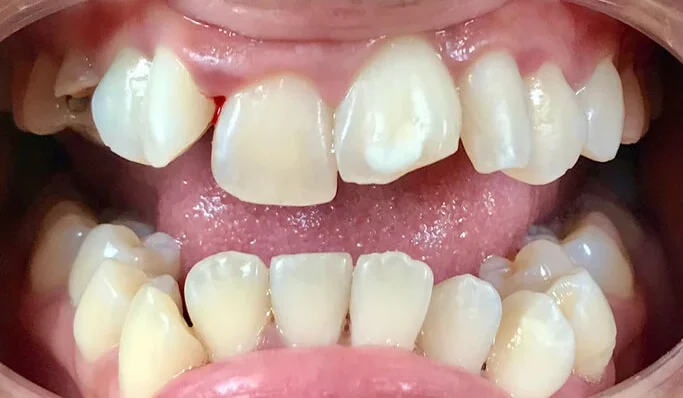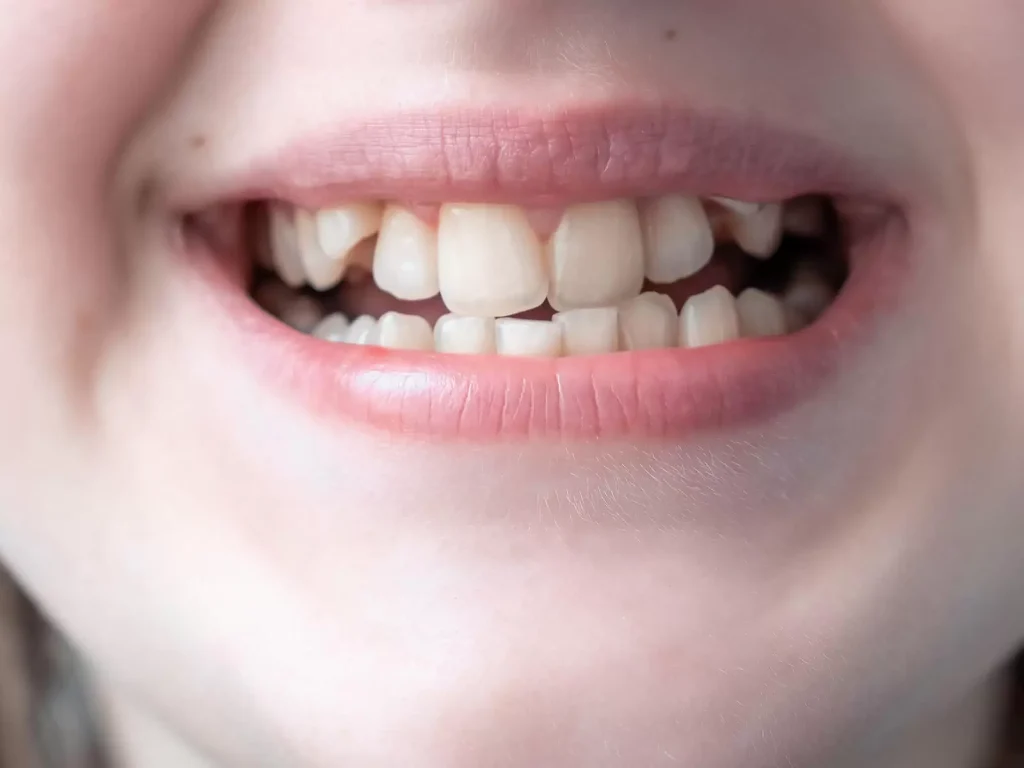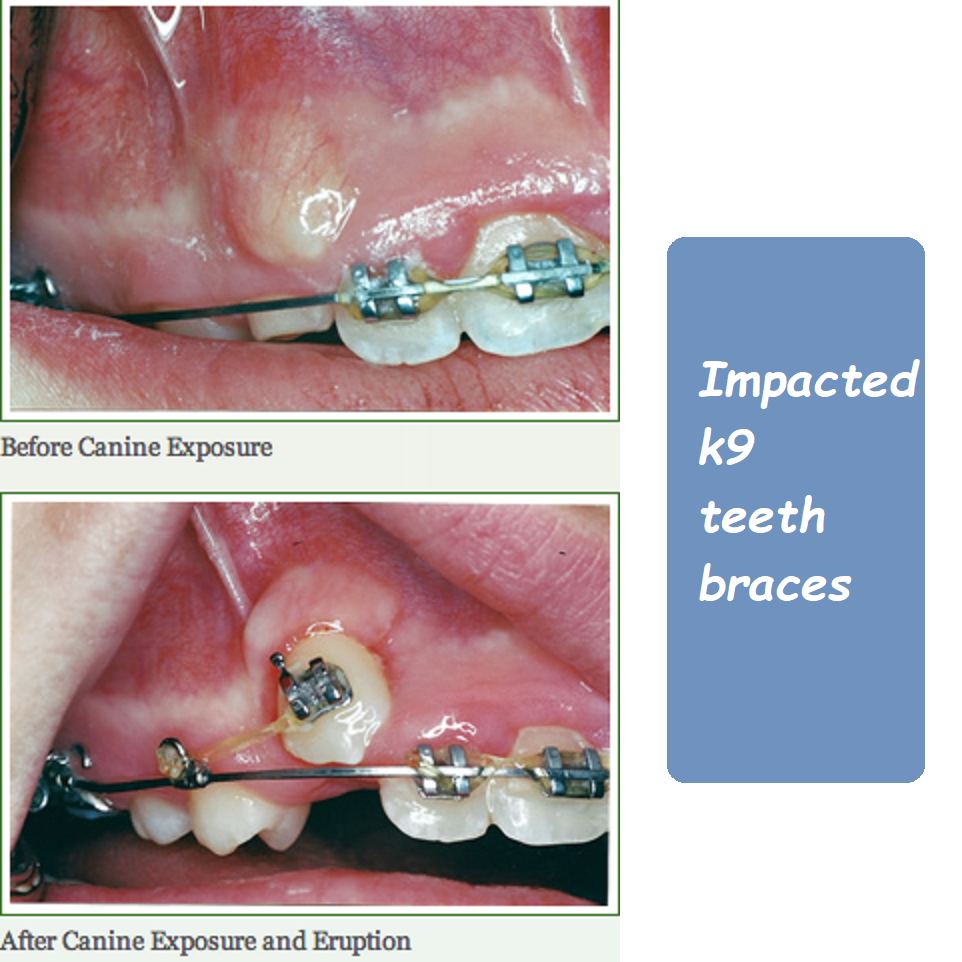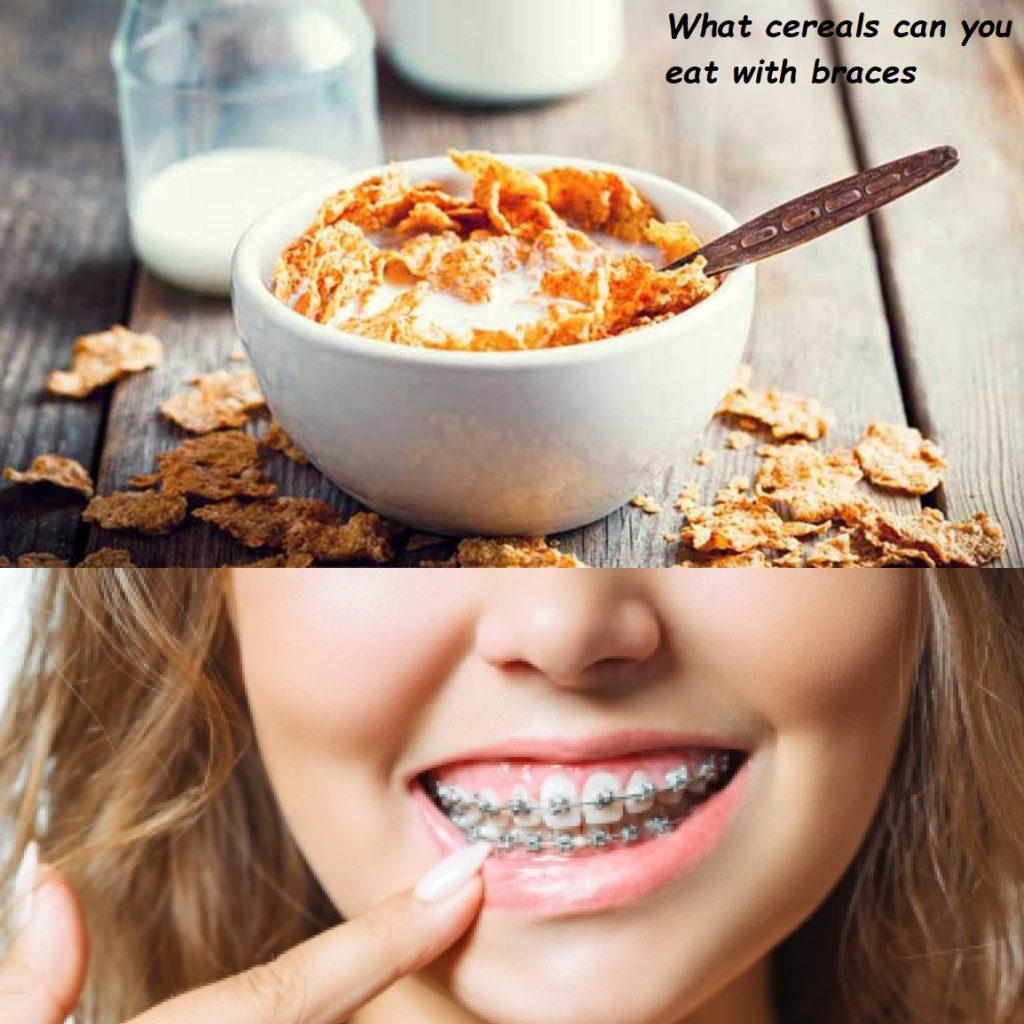How Braces Fix Dental Issues of Buck Teeth: A Comprehensive Guide
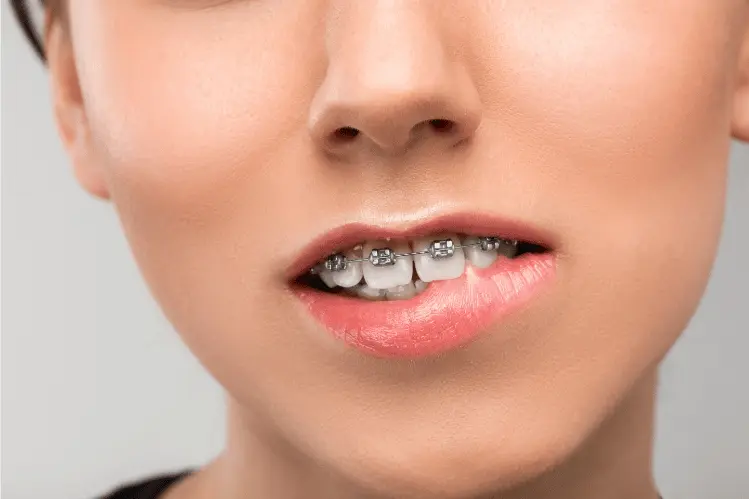
Buck teeth, medically known as overjet, refer to the condition where the upper front teeth protrude significantly over the lower teeth. This dental issue not only affects a person’s appearance but can also lead to functional problems, such as difficulty chewing, speech impediments, and even an increased risk of dental injury. Fortunately, braces are one of the most effective treatments for correcting buck teeth. In this article, we’ll explain how braces work to fix the dental issues associated with buck teeth and restore both functionality and aesthetics to the smile.
What Are Buck Teeth?
Buck teeth, or overjet, occur when the upper front teeth extend forward over the lower front teeth by more than the typical range. Common causes include:
- Genetics: Buck teeth are often hereditary, meaning they can be passed down through generations.
- Childhood habits: Habits such as thumb-sucking, prolonged pacifier use, or tongue thrusting during early childhood can push the upper teeth forward.
- Jaw growth issues: In some cases, buck teeth result from misalignment in the jaw structure where the upper jaw develops faster or larger than the lower jaw.
Related Reading: What Causes Buck Teeth? Understanding the Root of the Problem
How Braces Fix Buck Teeth
Braces are designed to gradually move teeth into their proper position using a combination of brackets, wires, and elastic bands. Here’s how braces effectively correct buck teeth and improve overall dental alignment.
1. Gradual Repositioning of Protruding Teeth
The primary issue with buck teeth is the forward protrusion of the upper front teeth. Braces work by applying consistent, gentle pressure on these teeth to move them back into alignment. Here’s how it happens:
- Brackets: Small brackets are attached to each tooth, providing the point of contact for the wires.
- Archwires: These wires are threaded through the brackets and apply tension, gradually shifting the teeth backward.
- Elastic bands: In more severe cases, orthodontists may use elastics to help correct the overjet by applying additional force that pulls the upper teeth back and the lower teeth forward for a better bite alignment.
As the teeth move, the bone surrounding the teeth reshapes to accommodate their new positions. This process is slow but effective, often taking 18 to 24 months to achieve the desired result.
2. Correcting the Bite
Braces don’t just straighten teeth; they also correct the bite. Buck teeth often cause malocclusion, where the upper and lower teeth don’t fit together properly when the mouth is closed. Over time, this can lead to jaw pain, difficulty chewing, and even wear and tear on the teeth. Braces can:
- Realign the bite: By adjusting both the position of the teeth and the jaw, braces ensure that the upper and lower teeth come together properly.
- Improve jaw function: Realigning the bite can reduce the risk of TMJ disorders (Temporomandibular Joint disorders) and ease strain on the jaw muscles.
- Prevent future complications: Correcting the bite helps prevent excessive wear on the teeth and gums, reducing the risk of future dental issues.
Solution: Braces use a combination of elastic bands, wires, and in some cases, headgear to align the upper and lower jaws properly, ensuring a more functional bite.
Learn More: How Misaligned Teeth Affect Oral Health
3. Addressing Spacing and Crowding Issues
Buck teeth are often associated with other dental alignment problems, such as crowding or gaps between teeth. Braces can help by:
- Creating space: When teeth are crowded, they can push each other out of position, exacerbating the overjet. Braces may use techniques like tooth extractions or expanders to create more space in the mouth.
- Closing gaps: For patients with gaps between their front teeth, braces can close the gaps while also pulling the protruding teeth back into alignment.
By addressing both the forward position of the upper teeth and other alignment issues like spacing and crowding, braces can provide a comprehensive solution to buck teeth.
4. Jaw Alignment and Growth Modification (For Growing Patients)
For younger patients whose jaws are still developing, braces can be used in combination with other orthodontic appliances to guide the growth of the jaw. This can help address the underlying skeletal cause of buck teeth. Methods include:
- Functional appliances: Devices like Herbst appliances or Twin Block appliances are used to encourage proper jaw growth, allowing the lower jaw to catch up with the upper jaw.
- Headgear: In cases where the upper jaw is growing too quickly, orthodontic headgear may be used to slow down growth and encourage better alignment between the upper and lower jaws.
Solution: Early intervention with these appliances can reduce the severity of buck teeth and eliminate the need for more invasive procedures later in life.
5. Stabilizing Results with Retainers
Once braces are removed, patients will need to wear a retainer to maintain the new position of their teeth. Without a retainer, there’s a risk that the teeth could shift back to their original misaligned positions. Retainers help:
- Hold teeth in place: Retainers are custom-made to fit the patient’s mouth and keep teeth in their new, corrected positions.
- Prevent relapse: Wearing a retainer as directed by the orthodontist can prevent the recurrence of buck teeth or other alignment issues.
Retainers can be fixed or removable, depending on the patient’s needs and lifestyle.
Related Reading: How to Fix Buck Teeth Without Braces
Alternative Treatments for Buck Teeth
While braces are the most common and effective method for fixing buck teeth, there are alternative treatments for patients who prefer not to use traditional braces:
1. Invisalign
Invisalign is a popular alternative to metal braces, especially for adults and teens seeking a more discreet option. Invisalign uses clear, removable aligners that gradually move teeth into alignment. While Invisalign can treat mild to moderate cases of buck teeth, it may not be as effective for severe overjets.
2. Orthognathic Surgery
In cases where buck teeth are caused by a significant skeletal imbalance, jaw surgery may be required to reposition the upper and lower jaws. This procedure is typically recommended for adults who have completed their growth.
3. Veneers
For patients with mild overjets who are primarily concerned with the appearance of their teeth, dental veneers may be an option. Veneers are thin, custom-made shells that cover the front surface of the teeth to improve their appearance. However, veneers do not address the underlying bite issues caused by buck teeth.
Benefits of Fixing Buck Teeth with Braces
Correcting buck teeth with braces offers both cosmetic and functional benefits, including:
- Improved appearance: A straighter smile can boost confidence and self-esteem.
- Better oral health: Proper alignment makes it easier to brush and floss, reducing the risk of cavities and gum disease.
- Enhanced bite function: Correcting the bite improves chewing efficiency and reduces the risk of jaw pain or TMJ disorders.
- Protection from injury: Protruding front teeth are more susceptible to injury, especially during sports. Aligning the teeth reduces the risk of damage.
Conclusion: Braces as the Optimal Solution for Buck Teeth
Braces are the gold standard for fixing buck teeth, providing a long-term solution that not only improves the appearance of the smile but also enhances overall dental function and health. Whether used alone or in combination with other orthodontic appliances, braces can address the underlying causes of buck teeth and prevent future dental issues.
If you or your child has buck teeth, consulting with an orthodontist about braces can be the first step toward a healthier, straighter smile.
References:
- American Association of Orthodontists. (2022). “The Role of Braces in Correcting Overjet and Buck Teeth.”
- Journal of Orthodontic Science. (2020). “Effectiveness of Braces in the Treatment of Overjet and Buck Teeth.”
- Mayo Clinic. (2021). “Braces for Dental Alignment: How They Work.”

